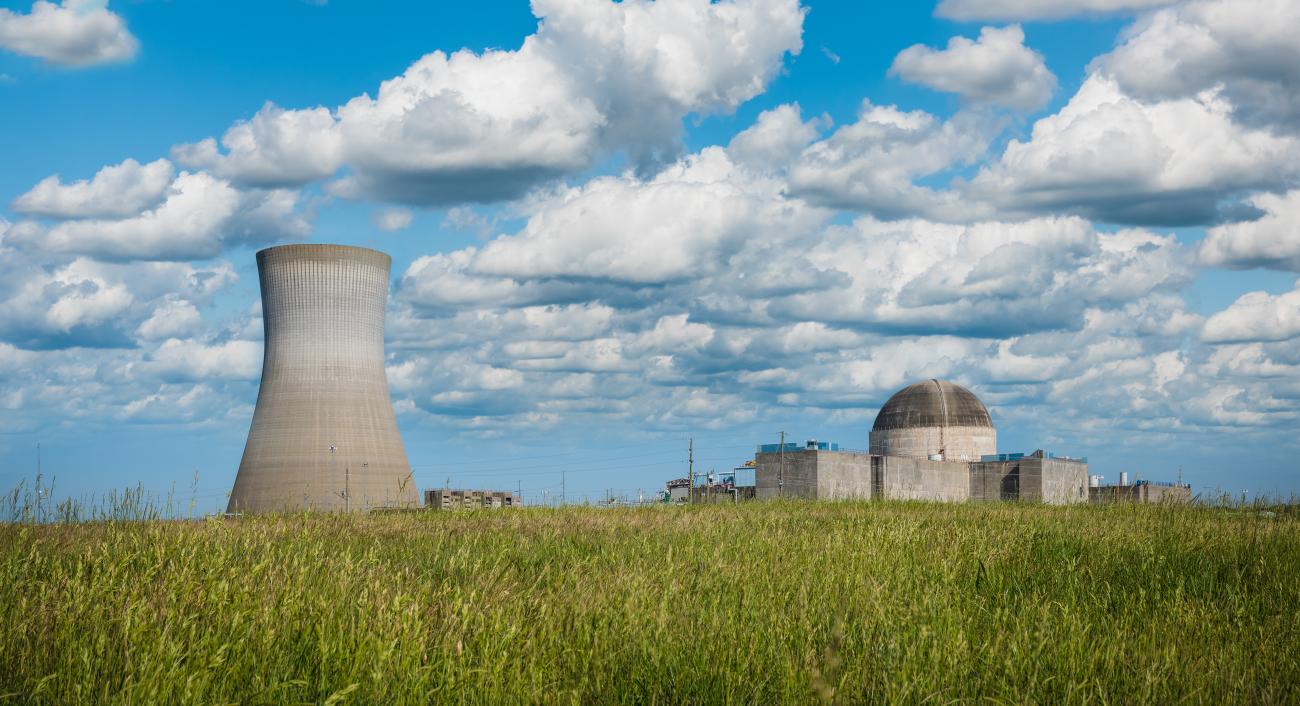The Harris Nuclear Power Plant, located in southwest Wake County, is a single-unit, 928-megawatt nuclear facility in commercial operation since 1987.

Nuclear power plants use uranium fuel in a process called nuclear fission. The fission reaction generates heat to create steam. The steam turns the blades of a turbine to generate electricity.
Nuclear power plants operate in most states in the country and produce about 20% of the nation’s power. Nearly 3 million Americans live within 10 miles of an operating nuclear power plant. The Harris Nuclear Power Plant in New Hill, North Carolina, is less than 25 miles from downtown Raleigh.
Visit Duke Energy’s website to learn more about nuclear power and Duke Energy’s programs.
Although the construction and operation of these facilities are closely monitored and regulated by the Nuclear Regulatory Commission, accidents are possible. An accident could result in dangerous levels of radiation that could affect the health and safety of the public living near the nuclear power plant.
Radiological Emergency Preparedness
The Federal Emergency Management Agency oversees nationwide offsite radiological emergency planning and preparedness activities. Their Radiological Emergency Preparedness Program works to:
- Ensure the health and safety of residents living around commercial nuclear power plants would be adequately protected in the event of a nuclear power plant accident.
- Inform and educate the public about radiological emergency preparedness.
Wake County Emergency Management is the lead REP agency for the Harris Nuclear Plant, and also works closely with Chatham, Lee, and Harnett Counties. REP Program responsibilities encompass only offsite activities, which include emergency planning and preparedness activities that take place beyond the nuclear power plant boundaries.
Emergency Planning Zones
- The 10-mile area around the plant has been divided into evacuation and sheltering areas. This is called an Emergency Planning Zone, or EPZ.
- These areas were established to allow local officials to provide clear evacuation and/or sheltering information for people in each area.
- If there was an accident at the Harris Nuclear Plant, it is not likely everyone within 10 miles would be affected. The area affected would depend on weather conditions, such as wind speed, wind direction and the severity of the situation.
- In the case of an accident, exposure to radioactive materials within an EPZ could occur through direct contact or inhalation of the particles released from the plant. Local officials will decide the best course of action to minimize exposures.
Ingestion Pathway Zone
An Ingestion Pathway Zone is the area in which crops and dairy products could become contaminated in the event of an nuclear plant accident. The IPZ extends 50 miles from the nuclear power plant. Exposure can be through the consumption of contaminated agricultural and dairy products.
What to Do
If you hear a siren or receive an emergency alert, tune to local radio or television stations or check the internet for more information. Hearing a siren does not necessarily mean to evacuate. Get more information before deciding what to do.
If there is an emergency, please check with family, friends and neighbors in the area to ensure they are aware of the situation and can take action if needed.
Residents within the 10-mile emergency planning zone should familiarize themselves with the area map, evacuation routes and emergency reception center locations.
Schools within the 10-mile emergency planning zone have emergency plans in place. Check with your school to verify its emergency plan.
If you have a family member in a nursing home or hospital, do not try to pick them up. These facilities also have their own emergency evacuation procedures. You should check with the facility to familiarize yourself with these procedures.
View Duke Energy’s Emergency Preparedness Instructions in English and Spanish here.
